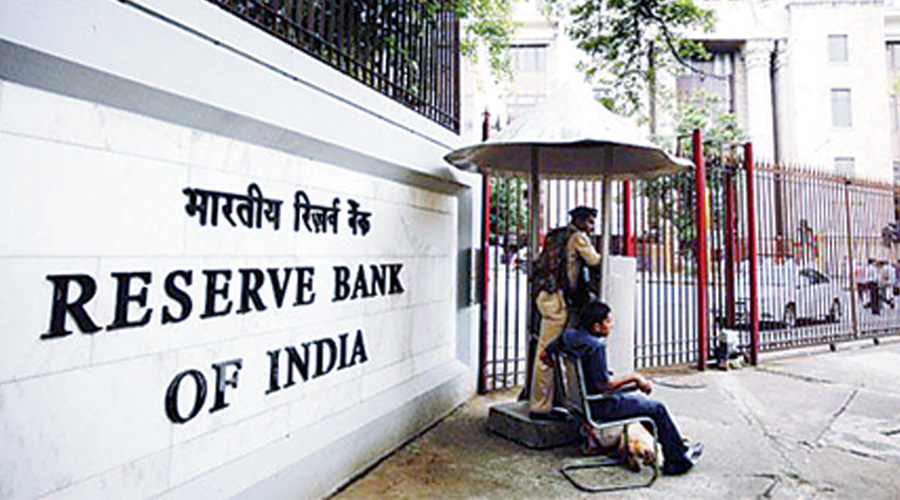The latest bimonthly policy announcement by the Reserve Bank of India has kept all policy rates unchanged for the fourth consecutive time since May 2020. The repo rate stays at 4 per cent and the reverse repo at 3.35 per cent. The cash reserve ratio will be normalized from March 2021. Hence, the monetary policy stance continues to remain accommodative, supporting economic growth. This represents a cautious approach by the central bank. It has not cut rates further in apprehension of inflation going beyond the tolerance limit of 6 per cent. It has not raised rates in fear of restricting the demand for credit. According to the finance ministry as well as the RBI, the growth prospects for 2021-22 appear to be positive in the given circumstances. The RBI has estimated the growth rate to be 10.5 per cent, a little lower than the government estimate of 11 per cent for 2021-22. According to the central bank, the CPI inflation is expected to be 5.2 per cent in the fourth quarter of 2020-21. The targeted long-term repo operation has been extended to non-banking financial companies. This is supposed to provide more liquidity to the economy. This will allow NBFCs to access three-year credit from the RBI to buy investment grade corporate bonds.
The RBI is also getting ready for the massive borrowing programme of the Government of India to finance huge fiscal deficits during 2020-21 as well as in 2021-22. It has decided to allow retail investments in government bonds that are usually bought by banks and corporates. Extending the sales to reach retail investors will help channel a chunk of household savings directly to the government as well as broaden the bond market. However, as the supply of government bonds mount, market interests rates will go up confronting private borrowers with a higher cost of credit. This is the classic case of government borrowing ‘crowding out’ private investments. In the current situation, it is absolutely necessary to stimulate aggregate demand, output and employment in the economy. The RBI’s standstill policy and the government’s aggressive spending programme appear to be the right combination. A major worry though is what happens when the Supreme Court comes out with its final verdict about what needs to be done with the non-performing assets that will emerge from under the carpet of the forbearance moratorium extended by the RBI. The RBI has to manage the inevitable spike in NPAs.











